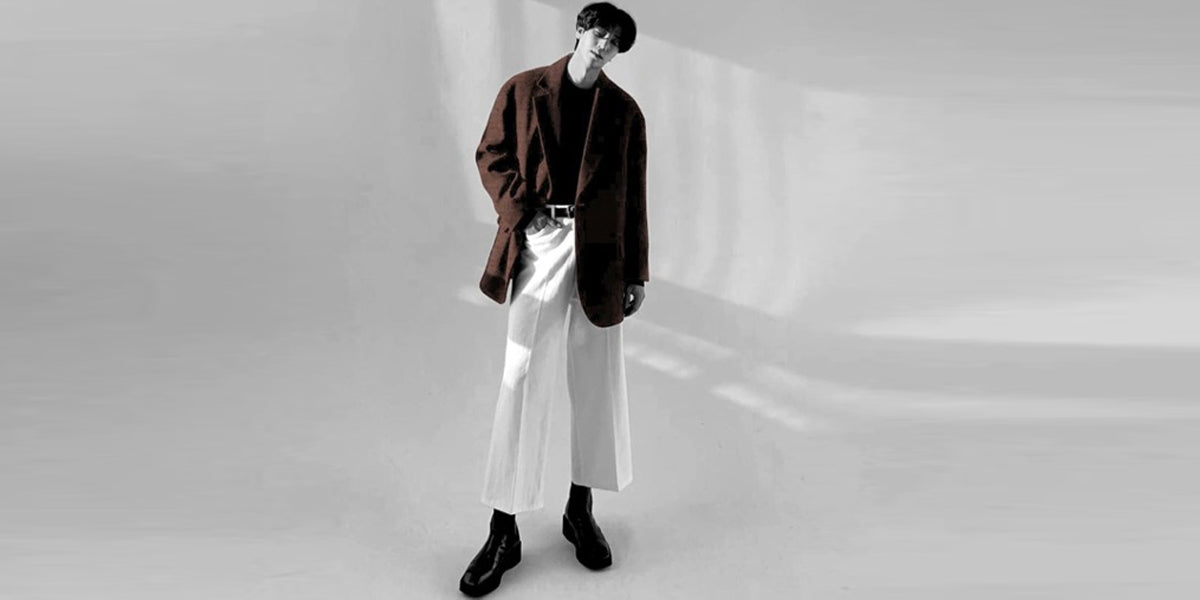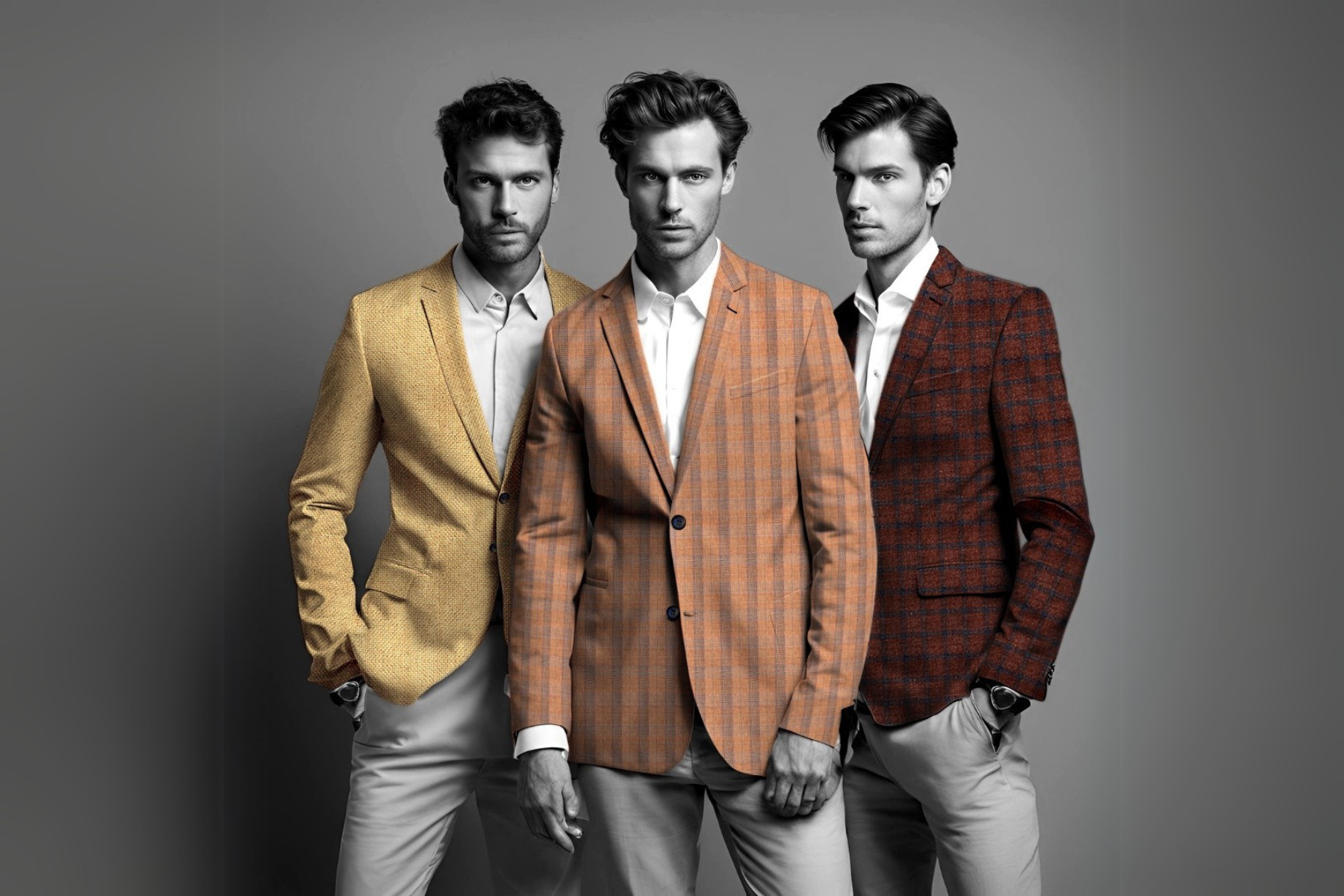
Sustainable Fashion: The Future of Luxury.
Sustainability in fashion is no longer just a trend—it’s the future. As awareness about the environmental and social impacts of the fashion industry grows, luxury brands are stepping up to the challenge, redefining what it means to be both fashionable and responsible. In the world of high-end fashion, sustainability is transforming everything from the materials used to the way garments are produced, creating a new paradigm where luxury and environmental consciousness coexist.
The Rise of Sustainable Luxury
Sustainable fashion is about creating pieces that are not only high-quality but also kind to the planet. For luxury brands, this means making a commitment to responsible sourcing, ethical labor practices, and reducing the environmental footprint of their operations. Sustainable fashion is no longer just a "green" choice but a new standard for modern consumers who value quality over quantity and are looking for investments that will last for years.
In 2025, the fashion industry is expected to see a significant shift toward sustainability, with luxury fashion houses leading the charge. Consumers are becoming more discerning about where and how their clothes are made, with a growing demand for eco-friendly materials, ethical practices, and transparent supply chains. This evolving trend is pushing the boundaries of what luxury fashion represents.
Key Elements of Sustainable Luxury Fashion
-
Ethical Sourcing and Fair Labor Practices One of the cornerstones of sustainable luxury is ensuring that products are made ethically. Luxury brands are increasingly turning to materials that are ethically sourced, whether it's fair-trade cotton, organic wool, or sustainable leather. In addition, these brands are making sure that workers in their supply chains are treated fairly, paid livable wages, and work in safe conditions.
Brands like Virvittore are taking strides in ensuring that their production processes are free from exploitation, and this focus on ethical sourcing has become a key selling point for consumers who want to feel good about their purchases. -
Eco-Friendly Materials Luxury fashion is embracing new, innovative materials that have less impact on the environment. Sustainable fabrics such as organic cotton, hemp, and Tencel are gaining popularity due to their low environmental impact. Furthermore, materials like recycled polyester and upcycled fabrics are becoming more common in high-end collections, reducing waste and minimizing the need for virgin materials.
Vegan leather and sustainable alternatives to fur are also reshaping the luxury fashion market. These options are cruelty-free and much less taxing on natural resources. -
Slow Fashion vs. Fast Fashion The concept of "slow fashion" is at the heart of sustainable luxury. Rather than producing large quantities of cheap garments that are quickly discarded, luxury brands are focusing on creating timeless pieces designed to last. These items are carefully crafted with quality in mind, built to withstand trends and provide long-lasting value.
Investing in sustainable luxury means investing in pieces that transcend seasons and trends. From tailored blazers to luxury outerwear, these items hold their value and become personal wardrobe staples. -
Transparency and Traceability One of the biggest shifts in the luxury fashion industry is the move toward transparency. Consumers today want to know where their products come from, how they are made, and what their environmental and social impact is. Many luxury brands are now offering detailed insights into their production processes, from the sourcing of materials to the working conditions in their factories.
Sustainability certifications and initiatives, such as the Global Organic Textile Standard (GOTS) or the Fair Trade certification, are becoming increasingly important to both brands and consumers. These certifications provide transparency and guarantee that the products are made with sustainability in mind. -
Circular Fashion: Reusing and Recycling Circular fashion is a growing trend where brands take responsibility for their products at the end of their lifecycle. Instead of throwing garments away, luxury brands are encouraging customers to return, recycle, or upcycle their old clothes. Some high-end brands even offer repair services to extend the life of their products, allowing them to be worn for years, rather than discarded.
The concept of renting or leasing high-end garments is also gaining traction, allowing consumers to enjoy luxury fashion without the long-term commitment. This method promotes reuse and recycling, reducing waste while still offering access to high-end fashion pieces.
How Sustainable Fashion is Changing the Luxury Industry
-
Long-Term Investment in Quality The growing shift to sustainable fashion has led to a change in consumer mindset. Luxury buyers are looking for long-term value in their purchases. High-end brands are responding by focusing on high-quality craftsmanship, durability, and timelessness.
This is evident in the resurgence of tailored blazers, coats, and luxury accessories that can withstand the test of time, both in terms of style and longevity. These pieces are designed to be passed down through generations, ensuring that they remain valuable long after they’ve been bought. -
Innovation in Sustainability Luxury fashion houses are also leading the way in sustainability innovation. From biodegradable fabrics to 3D-printed garments, the possibilities for reducing environmental impact are endless. These innovative technologies are changing how luxury brands produce and design their products, making fashion more sustainable without sacrificing quality or style.
-
Celebrity and Influencer Influence Celebrities and influencers are also playing a significant role in promoting sustainable luxury fashion. By championing eco-friendly brands and wearing sustainable pieces, they help raise awareness and influence consumer behavior. High-profile figures, such as Emma Watson, Stella McCartney, and Pharrell Williams, have all used their platforms to advocate for sustainability in fashion.
-
Luxury and Sustainability Go Hand in Hand In the past, luxury and sustainability were often seen as opposing forces. However, the luxury market has evolved to embrace sustainability as a core value, aligning it with the growing demand for eco-conscious products. As luxury consumers become more aware of the environmental impact of fast fashion, they are increasingly choosing to invest in sustainable, high-quality items that offer both style and purpose.
Conclusion: The Future of Sustainable Luxury
Sustainable fashion is no longer an afterthought for luxury brands—it’s becoming the foundation for their future. As the fashion industry embraces sustainability, luxury brands are finding new ways to meet consumer demand for high-quality, eco-conscious products. The future of luxury fashion lies in innovation, ethical sourcing, transparency, and long-lasting pieces that transcend seasons and trends.
For brands like Virvittore, the future is about creating fashion that is both luxurious and sustainable, offering consumers the best of both worlds: beautiful, high-quality garments that don’t compromise on the planet. As we move into 2025, sustainable fashion will continue to shape the luxury industry, and those who embrace it will lead the way into a more conscious, stylish future.

